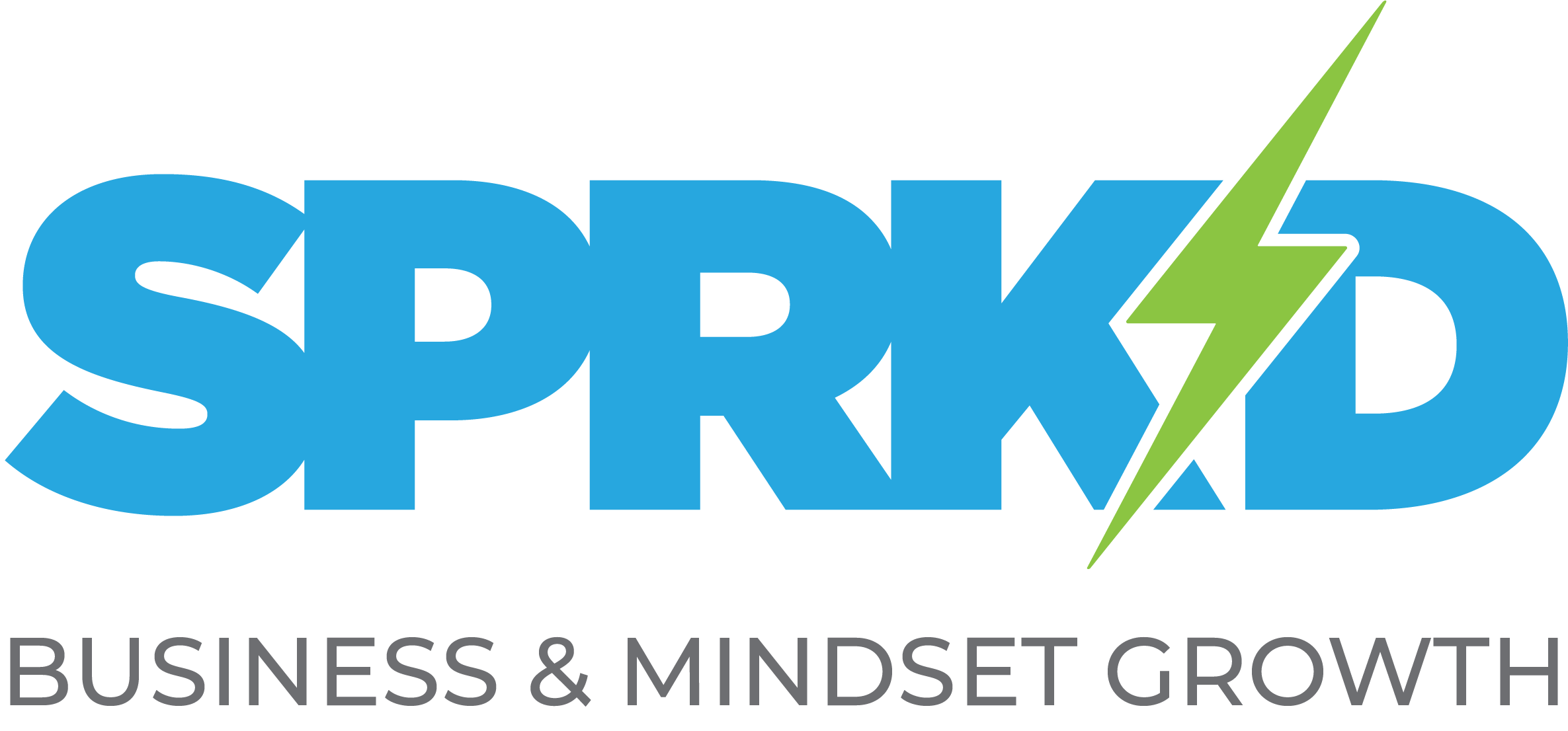Build a business you love to lead. Create the life you want.
Is your sales team on board with content marketing?

It’s become a well-worn joke in your company by now: The marketing and sales teams are disagreeing. Again.
The marketing team hasn’t updated their buyer personas in ages, because they have no idea who the sales team has been successfully converting into customers.
The sales team is complaining that the marketing team is wasting effort generating low-quality leads. But the marketing team can’t create relevant content because they have no insight.
Caught in the crossfire, your prospects are losing interest because they’re getting the wrong message about your company.
Sound familiar? If so, you’re probably also wondering how to break the cycle. The answer is smarketing.
What is smarketing?
According to Hubspot, smarketing refers to “the alignment between your sales and marketing teams, created through frequent and direct communication between the two.”
Yeah, it’s not our favorite word either. But whatever name your company uses, the concept stands: Your marketing and sales teams should be working together to help generate more revenue for your business.

Why smarketing is an essential element of content marketing
Thanks to the internet, folks are finding it easier than ever to find what they’re looking for — which has led to big changes in buying habits. Today’s buyers have both more information and more choices at their disposal. So in many ways, they have more control over the sales process than ever before.
Your marketing and sales efforts need to evolve with this changing sales landscape. That’s where content marketing comes in. When you’re executing on a strong content marketing strategy, your prospects can learn a lot about your business through your content, even when they aren’t yet ready for a call with a salesperson. Building trust in your brand through expertise may eventually persuade a cold lead to become a customer.
Smarketing means your sales team is on board with your content marketing efforts — because they understand how important the content you’ve created is to their sales process. (And, vice versa, you understand how critical your efforts can be to your sales team’s success.)
Sales and marketing should use the same language in their outreach so that prospects receive the information they need, when they need it throughout the buyer’s journey.

9 steps to align your marketing and sales efforts
To help get marketing and sales on the same page, take the following nine steps in your high-level management approach.
1. Create shared objectives
First, and most importantly, your entire team should be using the same strategy to work towards the same organizational goal.
Note that this end goal needs to be more specific than “generate more revenue.” A goal that vague simply isn’t helpful; every business wants to earn more money. Instead, define what your success means with SMART goals.
Marketing and sales should be on the same page about what they’re working toward — and what’s required to get there as a team.
2. Integrate data sources
Analytics and data are what drive all successful marketing and sales campaigns. Accordingly, your teams shouldn’t be sitting on valuable data that other teams can’t access.
In particular, everyone should have the same insights into your leads’ behavior. Set your team up for success by integrating your marketing software and customer relationship management (CRM) system.
For example, HubSpot offers both a marketing tool as well as a completely free CRM — which creates a closed-loop integration with zero hassle. With this integration, sales can use their insight into leads’ online behavior to open a line of communication, while marketing can gain a deeper understanding of who’s actually the strongest leads.
3. Unify your buyer personas
Your buyer personas are templates for your ideal prospects’ wants, needs, and behavior. They should inform every aspect of the content you create, as well as the sales tactics you pursue.
In light of this, both marketing and sales should have a clear understanding of why buyer personas matter, and work in tandem to keep buyer persona profiles updated with the latest data.
4. Define a lead’s lifecycle
Both teams should clearly lay out the path from marketing to sales, as well as the qualifying criteria for each level. There should be a common, company-wide understanding about what makes a lead marketing-qualified, or sales-qualified.
According to HubSpot, lead scoring is “a methodology used to rank prospects against a scale that represents the perceived value each lead represents to the organization.”
Incorrect scoring could result in missed opportunities across the board, especially if a lead is pushed to take action (including scheduling a call with a salesperson) before they’re ready.
5. Understand your lead-nurturing practices
Both teams should be aware of what information a lead is receiving at each stage of the funnel.
Ever been on a sales call where you’re transferred six times to a different representative — and been forced to repeat the same information each time? To prevent your prospects from being similarly irritated, make sure that they’re getting new information with each new interaction along their buyer’s journey. (Ideally, that new information should guide them progressively further down the funnel.)
In addition, by referring to the resources created by the marketing team, sales could gain valuable talking points for reaching out to sales-qualified leads.
For example, if Donna previously downloaded a comparison sheet for different car models, a sales rep could open their call with a personalized message: “I saw you recently downloaded our comparison sheet — what features are most important to you in a car? What challenges have you been facing in finding a car you like?”
6. Use your frequently asked questions
The sales teams’ email inboxes and sent folders are a direct line to figuring out what your leads are interested in — and what questions aren’t getting answered through the website or marketing process. (Yes, that includes those scary questions about price. Don’t be afraid to address them in your content!)
By tapping into these insights, marketing can create more useful content addressing your leads’ most pressing concerns, while making it that much easier for sales to get on with their jobs.
7. Share content resources
Streamline your sales process by making your content resources available for sales to use. That way, if a sales rep receives a frequently asked question, they can save time by sending the prospect content that has already been produced to address that question. This has the added benefit of moving the prospect further along their buyer’s journey.
8. Open the lines of communication
When it comes to bringing marketing and sales together, communication is key. We love Slack for team communication because it integrates with just about all of the most popular business apps out there like HubSpot, Trello, Github, Google Drive — and so much more.
Our other go-to is the HubSpot CRM, because it allows users from any department to share insights by creating notes, to-dos, and other project management tasks.
And while practically nobody is a fan of meetings, these are essential to rallying the teams’ joint efforts. We recommend scheduling a weekly check-in to celebrate smarketing wins, as well as track both teams’ progress in pursuing qualified leads.
Once a month, you may also wish to schedule a meeting between the leadership of both teams, to review the overarching strategy and address any big-picture concerns.
9. Hold one another accountable
Once you’ve established common ground between marketing and sales, you’ll want to continue holding one another accountable for delivering results. Your business’s success ultimately depends on the quantity and quality of leads that marketing is sending to sales — and that sales is eventually converting those leads into customers.
At the same time, to avoid the nightmarish scenario described in the introduction, your teams will need to discuss any frustrations in a constructive manner. If sales feels that marketing isn’t sending enough qualified leads along, make sure that they are basing their claims on data — not feelings.
Create kickass content that generates qualified leads
But the most important step to getting sales onboard with content marketing is to create outstanding content that offers your visitors exactly what they need.
Need help getting your content strategy up to speed? The Sprk’d Foundation Formula™ is a four-week deep-dive into your business’s inner workings — helping you to capitalize on what makes you stand out from the crowd. (Spoiler alert: We practice what we preach by including our clients’ sales teams in discovery workshop and final presentation. Open those lines of communication early!) Contact us now to get started!
Recent Posts
UNLOCK YOUR POTENTIAL IN 30 MINUTES
👀 Seeking efficient solutions to the business, marketing, or mindset challenges you face?
🚀 Ready to take your business to the next level?
⏰ Short on time?
QuickWin Coaching is designed with you in mind. Why waste hours in lengthy coaching sessions when you can achieve remarkable results in a mere 30 minutes?




